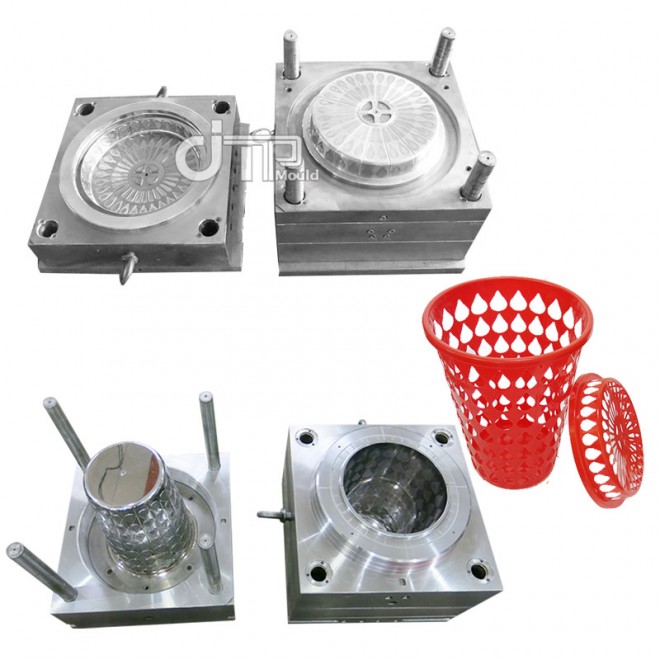

The plastic can be pure resin or a mixture with various additives. The resin acts as a binder. The purpose of adding additives is to improve the physical and mechanical properties of pure resin, improve processing performance or to save resin.
Therefore, the most basic physical and chemical properties of plastics are determined by the properties of the resin. Resin can be divided into natural resin and artificial resin, the latter is also called synthetic resin.
Resins are all polymers, these polymers have unique molecular internal structure and molecular external structure. The internal structure of the polymer determines the most basic physical and chemical properties of the polymer; the external structure of the polymer determines the processing and physical mechanical properties of the polymer.
Polymers can be divided into non-crystalline (amorphous), semi-crystalline and crystalline according to the structural morphology between the chains after solidification. Therefore, plastics are also divided into amorphous and crystalline types.
When the crystalline plastic is solidified, there is a process of nucleation to crystal grain formation, forming a certain body state. Such as PE, PP, PA, POM, etc. are all crystalline.
When amorphous plastics are solidified, the growth process without crystal nuclei and crystal grains is just the "freezing" of free macromolecular chains such as PS, PVC, PMMA, PC, etc.
According to the reaction of plastics to heat, it can be divided into two types: thermoplastics and thermosetting plastics: Thermoplastics are characterized by being softened by heating, and returning to solid state when cooled. This reversible process can be repeated many times. Such as: PS, PVC, PA, PP, POM, etc.; while thermosetting plastics are characterized by being transformed into plastic melts at a certain temperature, but if the temperature is continued to increase, and the heating time is extended, the inside of the polymer will undergo cross-linking and solidification. It can no longer be softened to the original state by heating, and can not be processed repeatedly. Such as: epoxy, furan, amino, phenolic, etc.